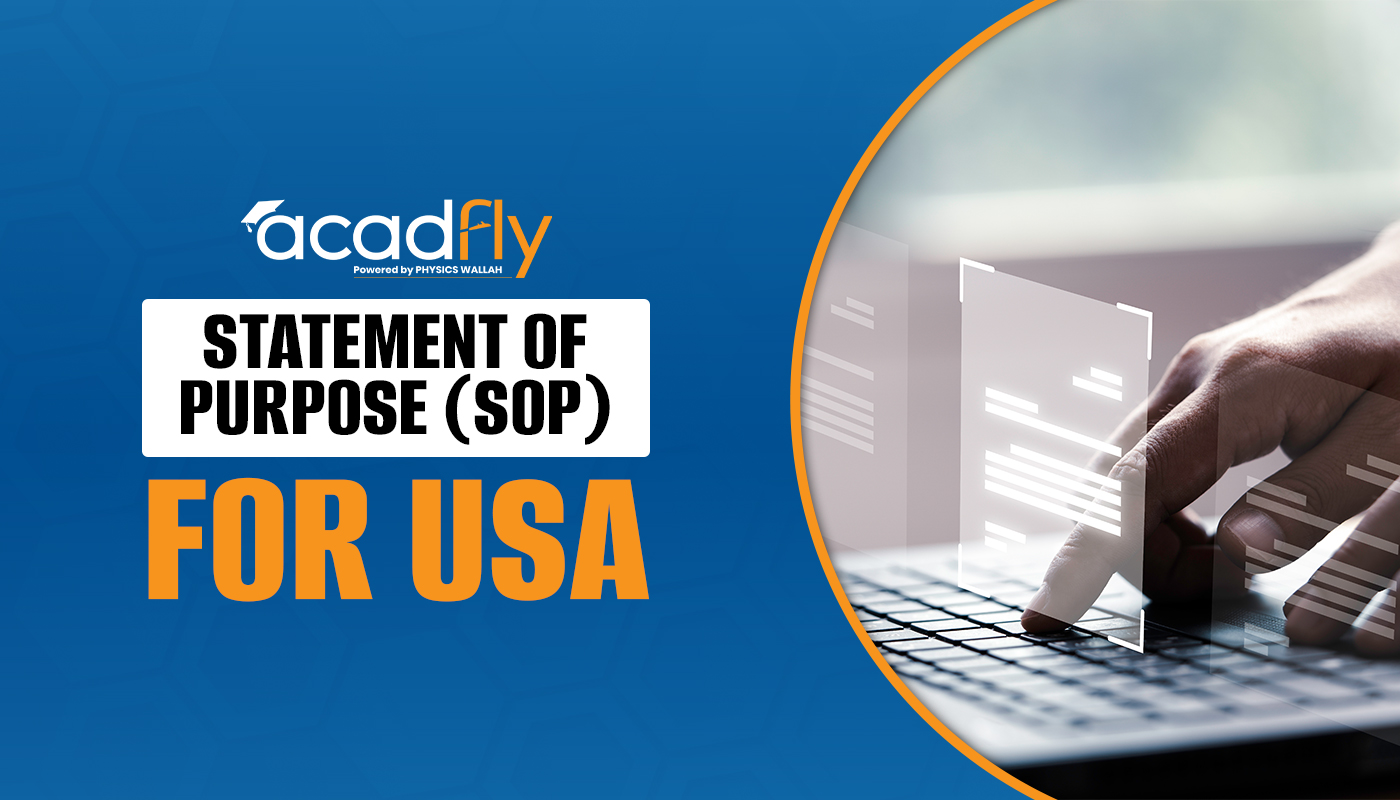

Navigating the US visa application fee can be a crucial step for international students planning to study in the United States. Understanding the fee structure and payment process is essential to ensure a smooth application experience. The US visa application fee may vary depending on the type of visa you apply for, making it important to stay informed about the exact costs. In this guide, we will explore the key aspects of the fee, including payment options and managing the overall visa payment process effectively.
Understanding the Student Visa Fee Structure
Understanding the student visa fee structure is important for international students applying to study in the United States. The fees for a student visa, typically the F-1 visa, include various components that cover the cost of processing your application and supporting services.
The primary fee is the visa application fee, also known as the Machine-Readable Visa (MRV) fee. For most student visas, this fee is $160, but it may change, so always check the latest details on the official website. Additionally, students must pay the SEVIS (Student and Exchange Visitor Information System) fee, which is currently $350 for F-1 visa applicants. This fee helps maintain the SEVIS database that tracks international students.
Payment options for visa fees vary by country. You can usually pay through online banking, credit or debit card, or in some cases, a direct bank transfer. It’s essential to follow the instructions given by the US embassy or consulate in your region to ensure the payment is made correctly.
Understanding these fees and making timely payments can prevent delays in your visa application. Always keep a copy of your payment receipts, as they will be needed during the visa interview process.
Paying Student Visa Fees for the US Application
Paying student visa fees is a crucial step in the US visa application process. Before starting your application, it’s essential to understand the different fee components and payment methods. Having a clear idea of the payment process will help you avoid delays and ensure that your visa application proceeds smoothly.
Keep in mind that the fee structures can vary slightly depending on your location, and it's important to follow the exact instructions provided by the US embassy or consulate in your country.
Check the Latest Visa Fee Amount
The first step is to verify the current US visa application fee. Typically, the fee for an F-1 student visa is $160, but this can vary based on changes in policies or local regulations. Always check the latest fee amount on the official US embassy website before proceeding with your payment.
Pay the SEVIS Fee Separately
In addition to the visa application fee, you’ll need to pay the SEVIS fee, which is $350 for F-1 visa applicants. This fee is crucial as it helps fund the system that tracks international students in the US. Ensure that this payment is made separately and keep the receipt for your visa interview.
Understand Your Payment Options
Depending on the country you are applying from, payment methods for the US visa fee may include credit cards, online banking, or bank transfers. Some countries allow cash payments at designated banks. It is important to review your payment options carefully and follow the instructions provided by the US embassy in your region.
Retain Proof of Payment
Always save copies of your payment receipts for both the visa application fee and SEVIS fee. These documents are required during the visa interview process, and losing them could cause unnecessary delays or complications in your visa approval process.
Be Aware of Deadlines
Payment deadlines are strict. Make sure to pay your visa fees well in advance of your planned visa interview. This will ensure there are no delays in processing your visa application and will give you enough time to address any payment issues that may arise.
Payment Options for Visa Fees: A Guide for Students
Before proceeding with the payment of your visa fees, it is important to understand the available options based on your location. Different payment methods are available depending on the country you are applying from. Make sure to choose a payment option that is secure and convenient for you. Below is a table highlighting some common payment options for student visa fees.
|
Payment Option |
Details |
Availability |
|
Credit/Debit Card |
Most commonly accepted online; convenient and immediate payment confirmation. |
Global |
|
Bank Transfer |
Transfer funds from your bank account to the US embassy's designated account. |
Global |
|
Cash at Designated Banks |
Available in some countries; pay at participating bank branches. |
Limited Regions |
|
Online Banking |
Pay using your online banking portal if supported by your local bank. |
Selected Banks |
|
Mobile Payment Services |
Some countries accept mobile payment platforms like PayPal or similar apps. |
Limited Countries |
|
Demand Draft |
In certain regions, you can pay via demand draft issued by your bank. |
Limited Regions |
|
Money Order |
Less common, but still available in select countries for paying visa fees. |
Limited Regions |
|
Postal Service Payment |
In some locations, payments can be made via registered post services. |
Limited Countries |
Breaking Down the Visa Application Cost for the US
When planning to study in the US, it's crucial to have a clear understanding of the various costs associated with your visa application. Knowing these costs ahead of time can help you manage your budget effectively and ensure there are no surprises during the application process. Below are key points breaking down the costs involved in applying for a US student visa.
1. SEVIS Fee
The Student and Exchange Visitor Information System (SEVIS) fee is a mandatory payment for all students applying for an F-1 visa. It helps fund the system that tracks international students and is a one-time fee.
2. Visa Application Fee
The visa application fee, often referred to as the MRV fee, is required when submitting your DS-160 form. This fee is non-refundable and covers the processing of your visa.
3. Interview Appointment Fee
In some cases, a separate fee may be charged when scheduling your interview at the US embassy or consulate. The cost varies depending on the location and the visa type.
4. Visa Issuance Fee
After a successful visa interview, some applicants may be required to pay a visa issuance fee. This fee depends on your country of origin and the reciprocity agreement between your country and the US.
5. Additional Service Fees
Certain services like expedited processing or courier delivery of your visa may incur additional fees. These services are optional but can speed up your visa application process.
Managing the Visa Payment Process Efficiently
Managing the visa payment process efficiently is key to avoiding delays and ensuring your application progresses smoothly. By understanding the available payment methods and planning accordingly, you can streamline this crucial step.
Keep Track of Deadlines
It’s important to stay updated on visa application deadlines to prevent delays. Late payments can result in processing hold-ups or even application rejection. Create a schedule or reminder system to track these dates. This helps ensure you pay the visa fee promptly.
Choose Convenient Payment Options
Depending on your location and banking options, select a payment method that works best for you, such as online payments, wire transfers, or paying through an authorized center. Each option may have different processing times, so factor that into your planning to avoid delays.
Prepare Funds in Advance
Ensure you have enough funds set aside well before the payment deadline. Some payment methods may take a few days to process, especially if you’re dealing with international transactions. Having the money ready ahead of time helps you avoid last-minute issues or delays in the application.
Maintain Payment Records
After making the payment, always save receipts or transaction confirmations. These documents are proof of your payment and might be needed during your visa interview or for any follow-up inquiries. Having clear records helps if any issues arise with your payment.
Double-Check Currency Requirements
Visa fees are often required to be paid in a specific currency. Ensure you’re aware of the correct currency to avoid any additional fees due to currency conversion or international transaction charges. Planning for these potential extra costs helps you budget better and avoids complications.
Frequently Asked Questions
1. What is the current US visa application fee for students?
2. What payment options are available for paying the visa fee?
3. Can I get a refund if my visa is denied?
4. How long does it take for the payment to be processed?
5. Can someone else pay the visa fee on my behalf?









